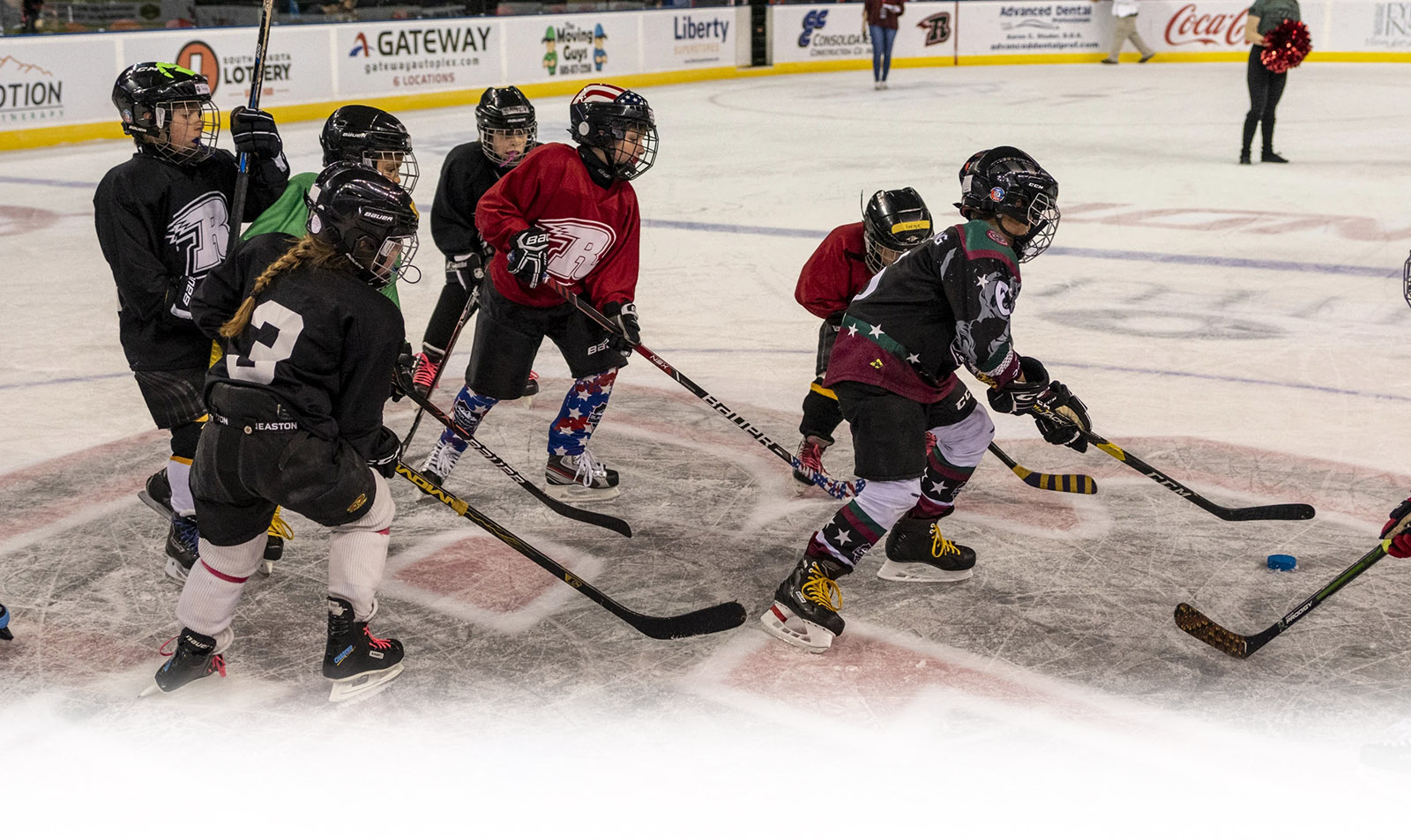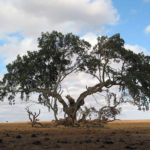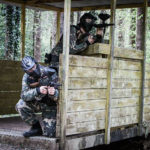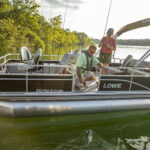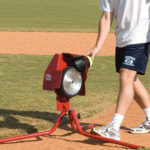When a youth hockey coach in Texas died in August from covid-19, Steve Bellemore hoped it was just a chance tragedy. Then the winter season began, and outbreaks linked to the sport exploded.
Massachusetts logged more than 100 youth hockey cases in a few weeks. In Maine, an asymptomatic referee exposed up to 400 people in two days. In Bellemore’s home state of New Hampshire, state officials shut down youth hockey for two weeks to get cases under control and mandated testing for all 20,000 players — a directive that resulted in long lines and other chaos at testing centers statewide.
“Whole hockey teams are getting quarantined,” said Bellemore, a hockey parent, coach and president of the Manchester Youth Regional Hockey Association. “It’s getting very real.”
State officials and other authorities have been scrambling to mitigate the damage: On Nov. 12, seven governors in the Northeast banded together to ban all interstate youth hockey until at least the end of the year. The following week, health officials in Minnesota, where hockey is associated with more case clusters than any other youth sport, put all sports on “pause” for four weeks. Many others have imposed new restrictions and safety measures on the game.
Youth sports — soccer, basketball, cross-country, swimming, whether held indoors or out, a source of American pride, prestige and bonding — were among the first gatherings to be allowed post-lockdown. Organizers worked closely with public health officials to make modifications that balance safety with maintaining the spirit of the games. This has worked to some extent.
While public health officials suspect off-field interactions may be contributing to community spread, there’s little hard data. In most areas, there have been few to no documented outbreaks, much less superspreader events.
Ice hockey is an anomaly. Scientists are studying hockey-related outbreaks hoping to find clues about the ideal conditions in which the coronavirus thrives — and how to stop it. Experts speculate that ice rinks may trap the virus around head level in a rink that, by design, restricts airflow, temperature and humidity.
The hockey-related cases have been especially striking, epidemiologists have said, because clubs followed Centers for Disease Control and Prevention limits on gathering size and had numerous social distancing measures in place. In retrospect, one mistake by some clubs was that until recently masks had been required on ice for only the two players doing the initial faceoff for the puck — although many players wore clear face shields, which theoretically should have a similar effect.
“We’re watching hockey very carefully because it’s the first major sport that’s been played indoors predominantly and also during the winter months,” said Ryan Demmer, an epidemiologist at the University of Minnesota’s School of Public Health.
Demmer said the cases provide some of the first real-world evidence to support early theories about the importance of how people breathe, ventilation, and the social dimensions of transmission.
One critical way hockey differs from other contact team sports is how players do line changes — substitutions of groups of players — and are expected to sprint for nearly the whole time they are on the ice. Experts say it probably leads to heavier breathing, resulting in more particles being exhaled and inhaled.
Jose-Luis Jimenez, an air engineer at the University of Colorado, speculated that the spaces occupied by rinks keep the virus suspended, perhaps six to nine feet, just above the ice. Similar outbreaks have been documented in other chilly venues — meat processing factories and at a curling match earlier in the pandemic.
“I suspect the air is stratified,” he said. “Much like in a cold winter night, you have these inversions where the cold air with the virus which is heavier stays closer to the ground. That gives players many more chances to breathe it in.”
Timothy McDonald, public health director in Needham, Mass., said we should not rule out the way kids socialize — in locker rooms, carpools and postgame gatherings — as potential contributing factors. By late October, his area had seen at least six coronavirus cases related to sports clusters that span a wide range of ages, from fifth-graders to high school sophomores. He said some of those children played on multiple sports teams, including hockey.

